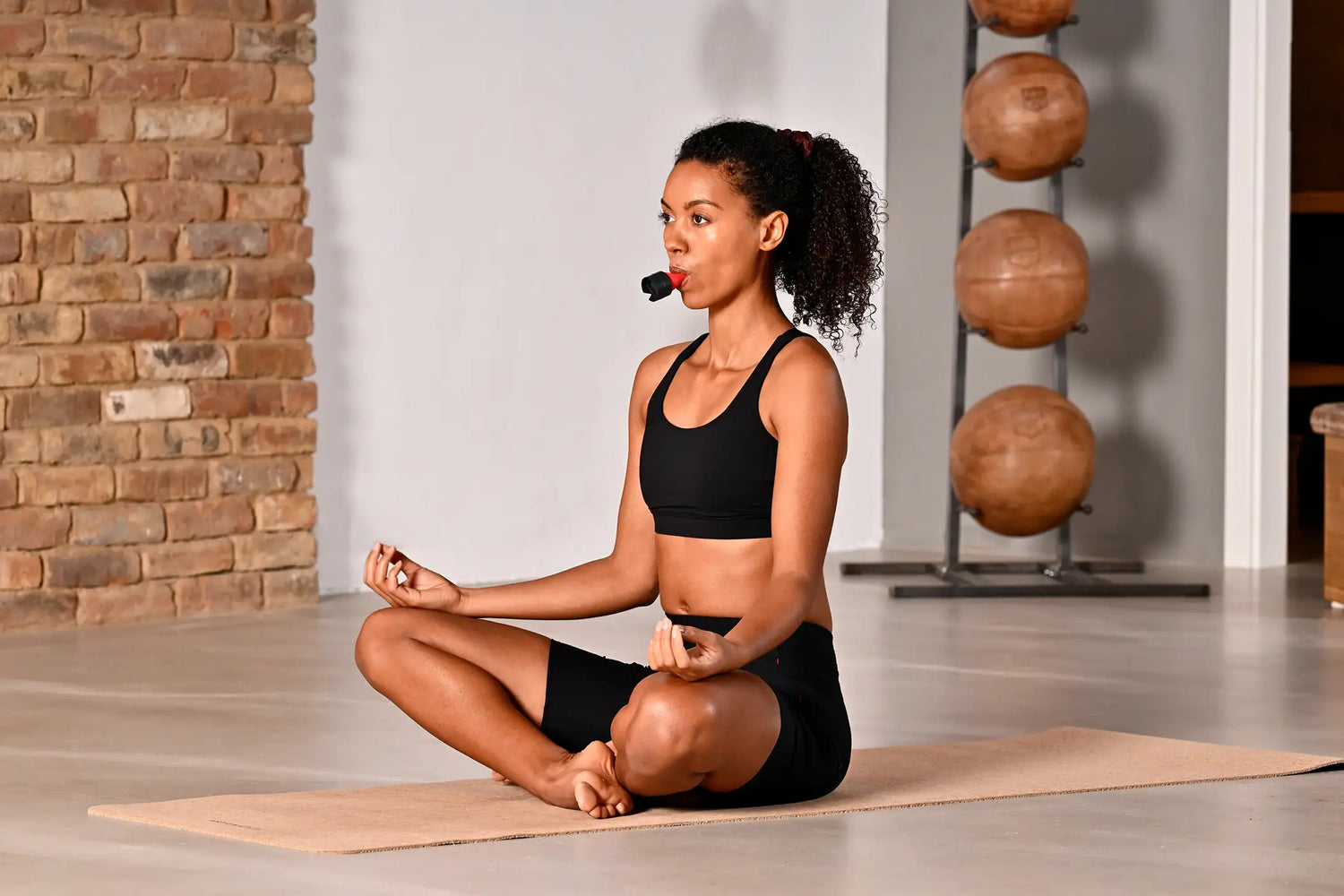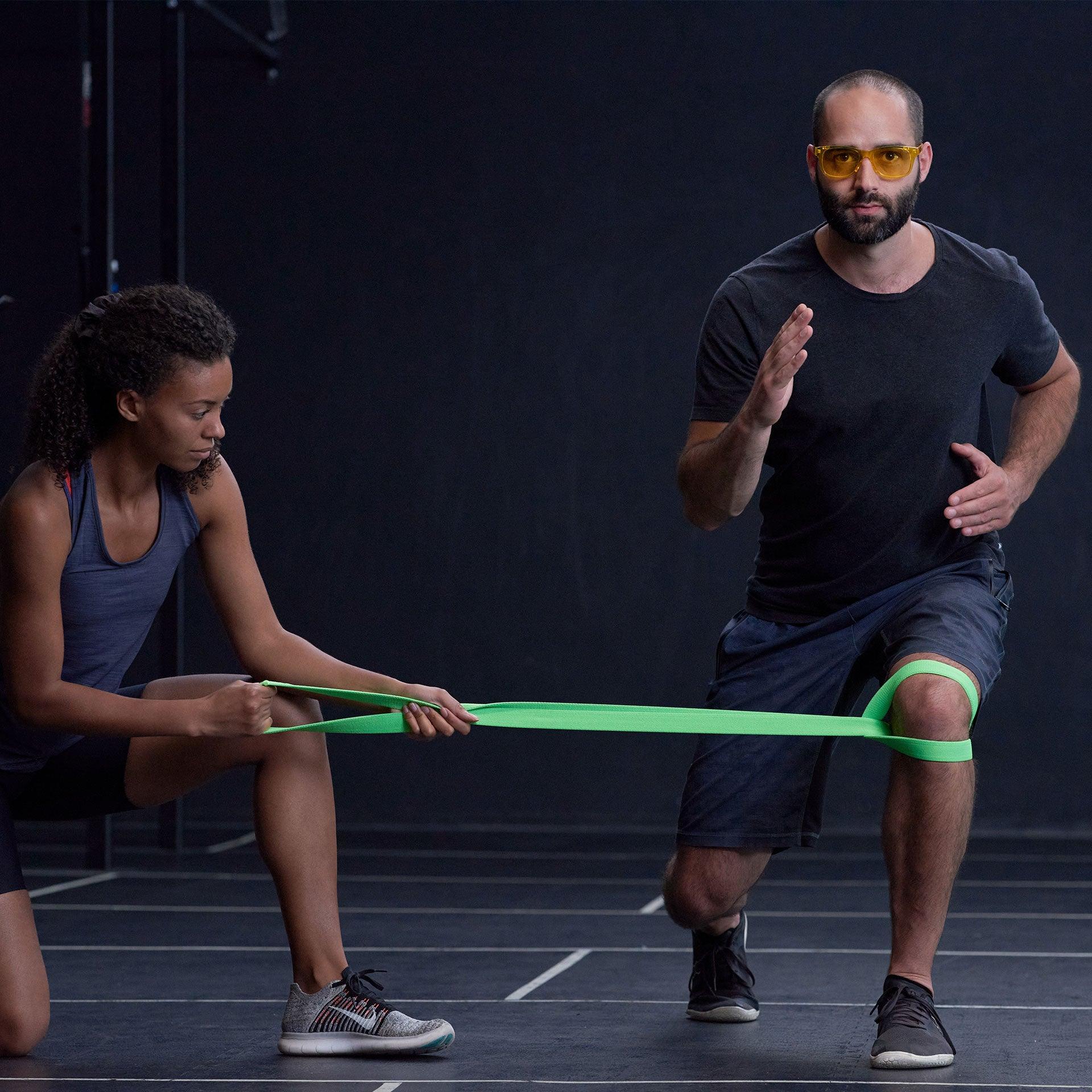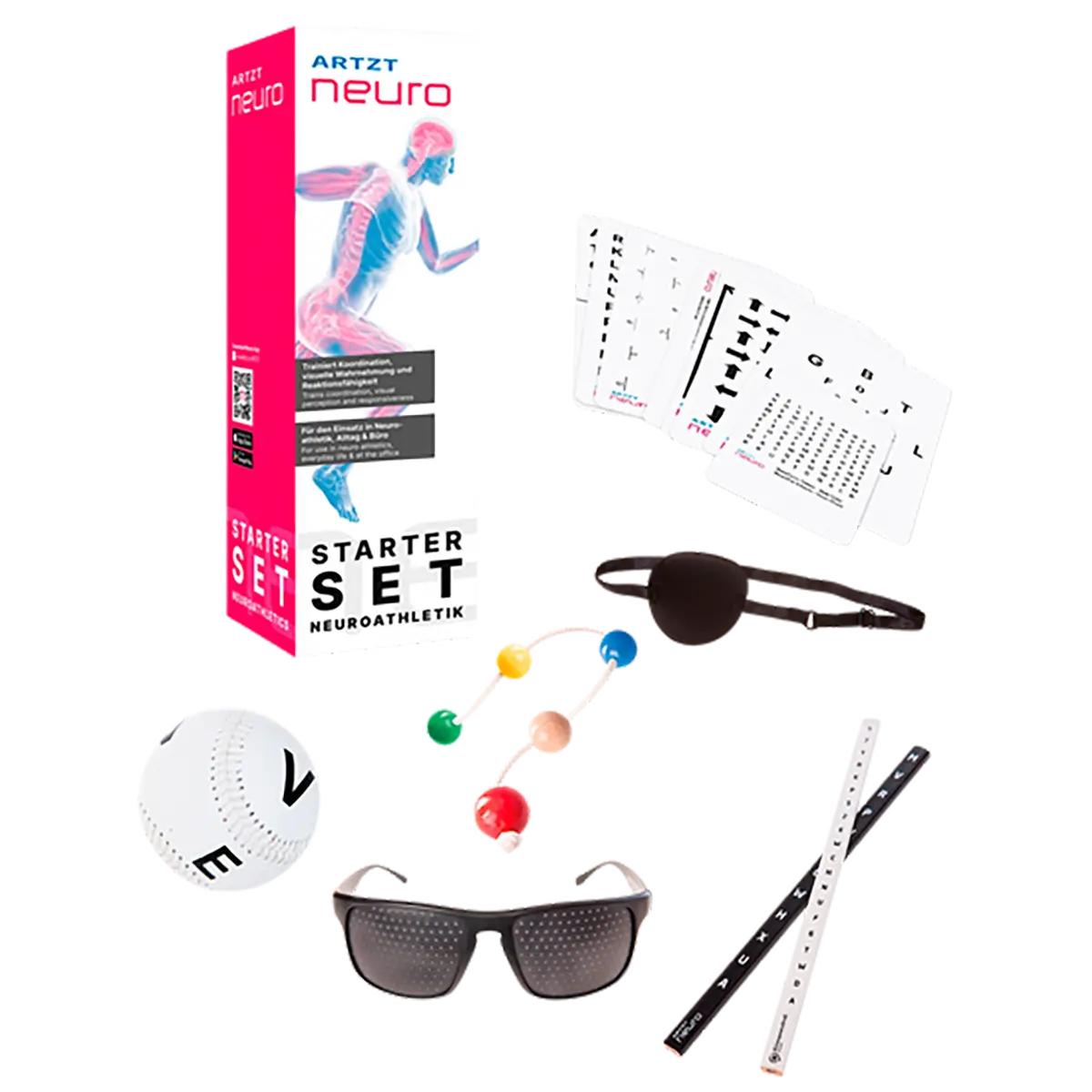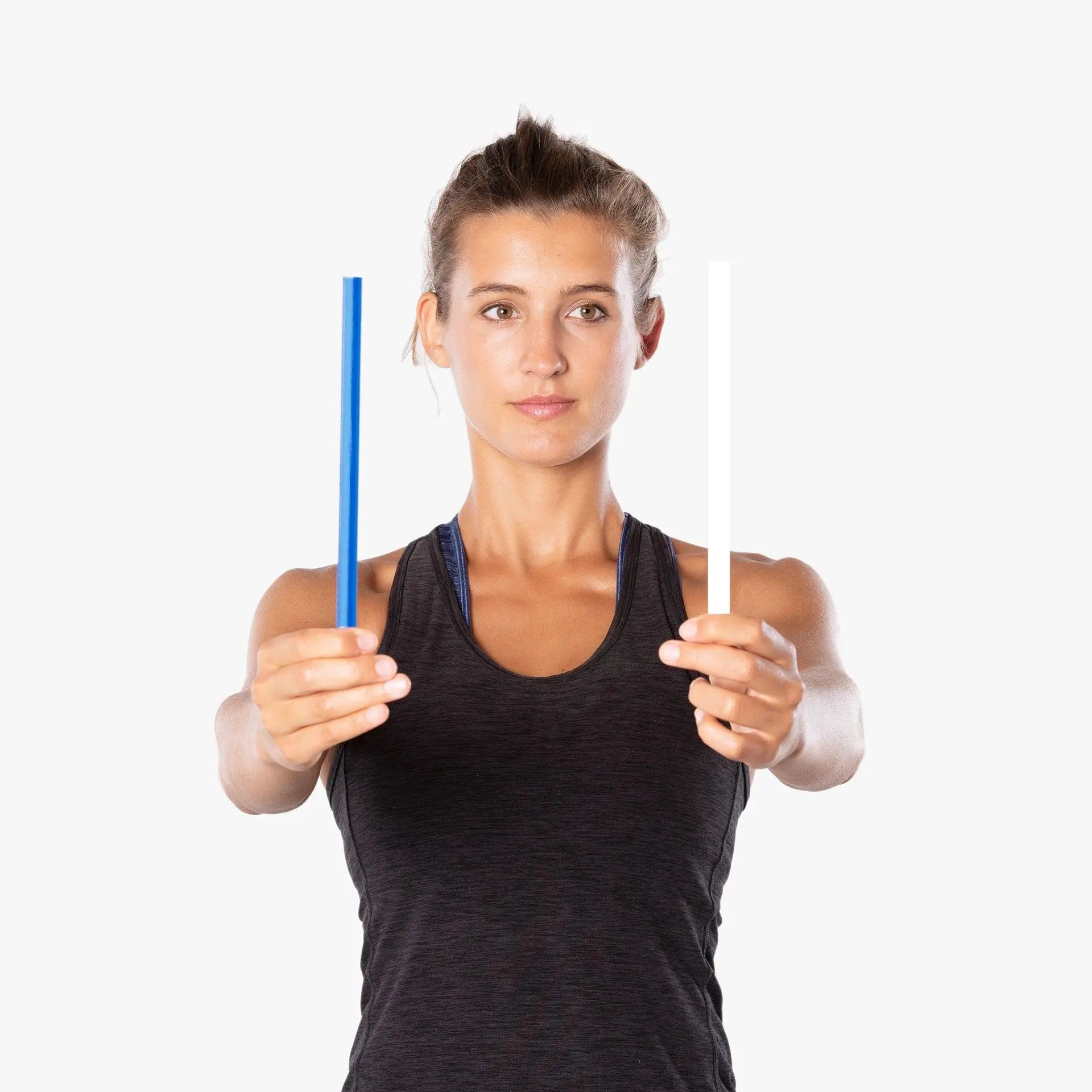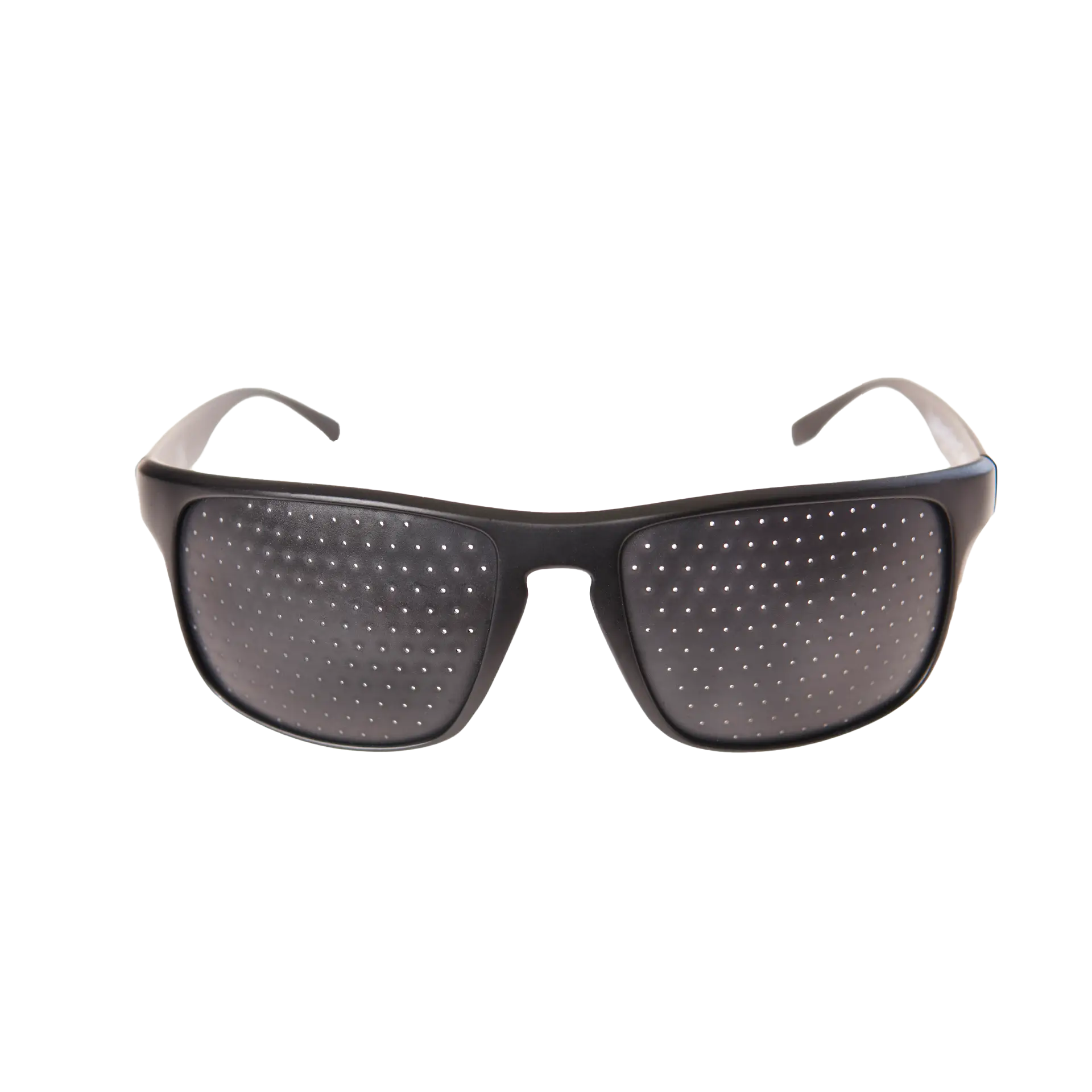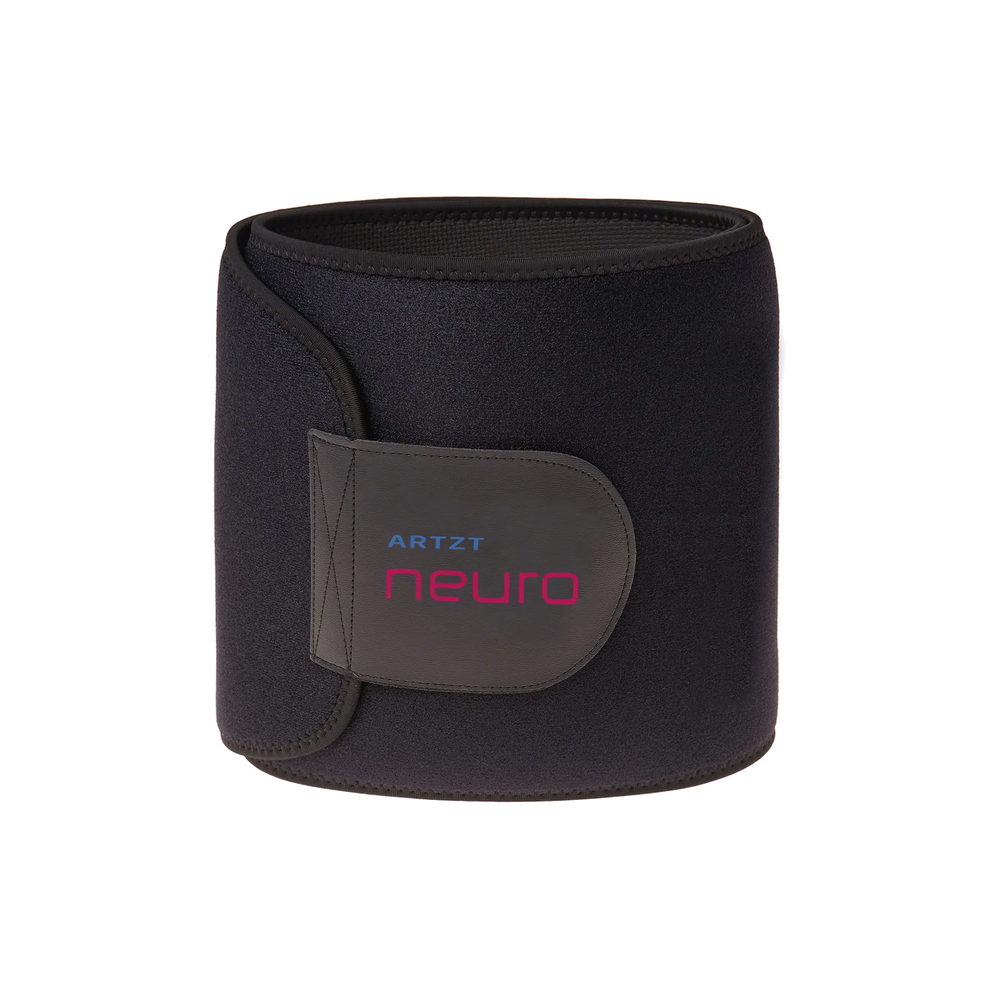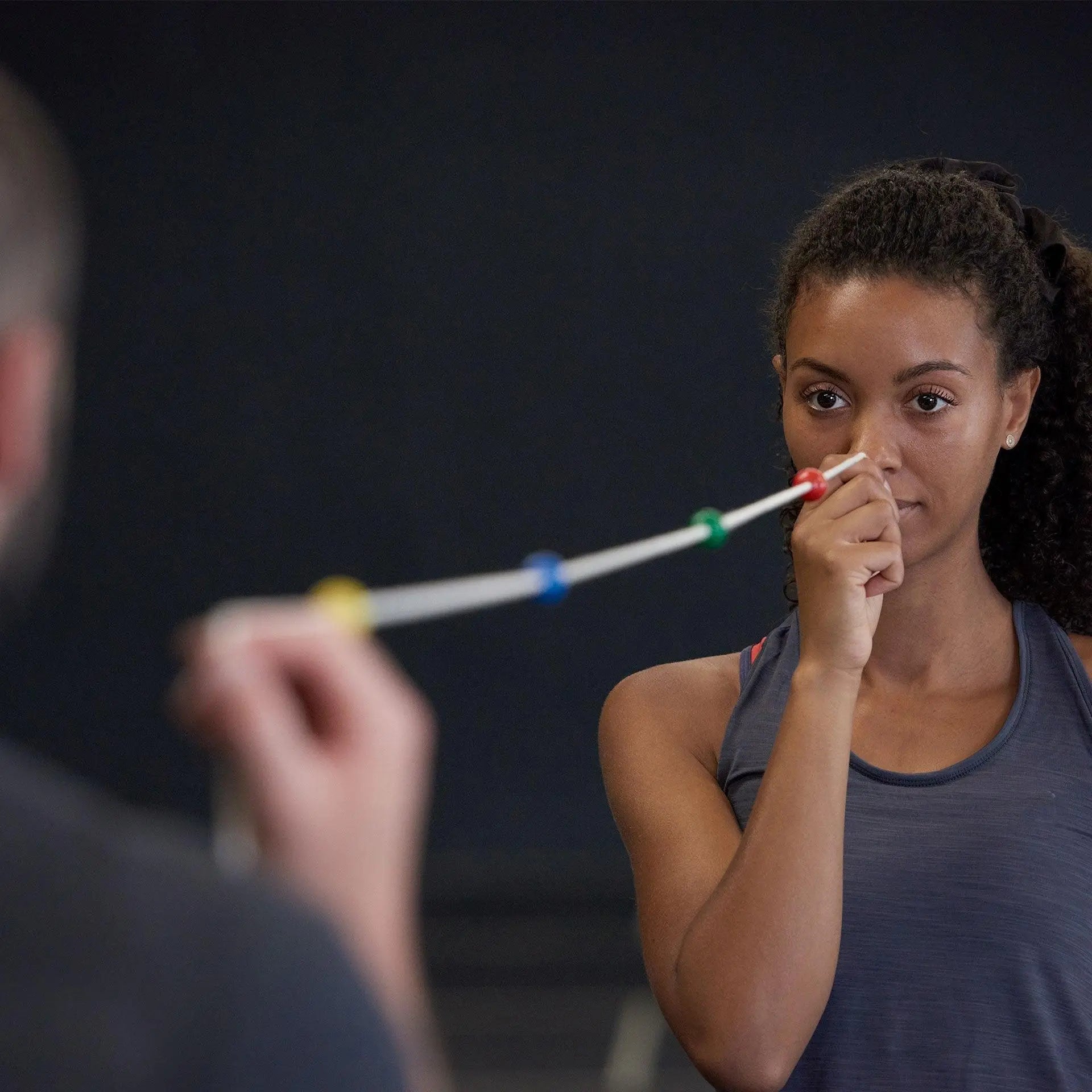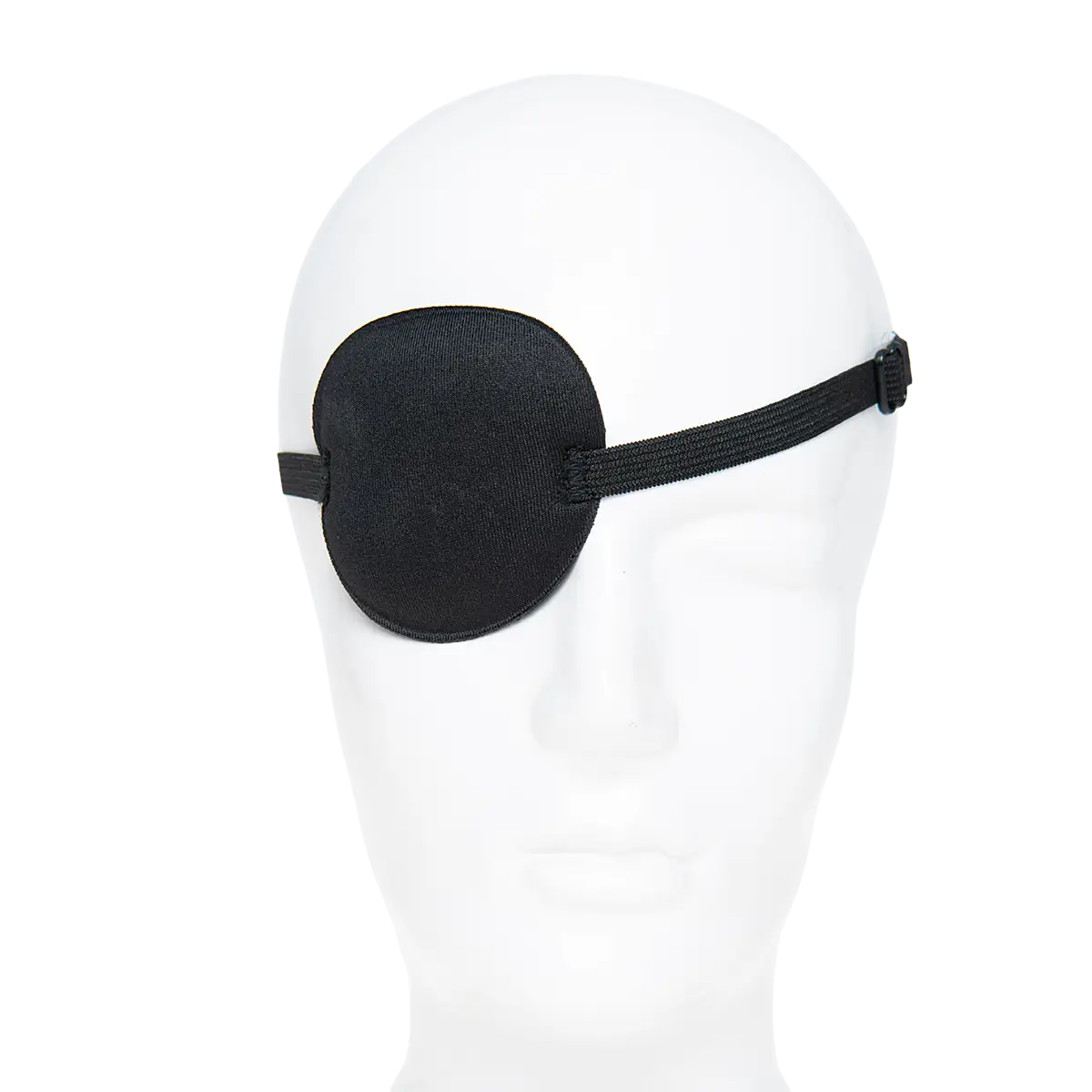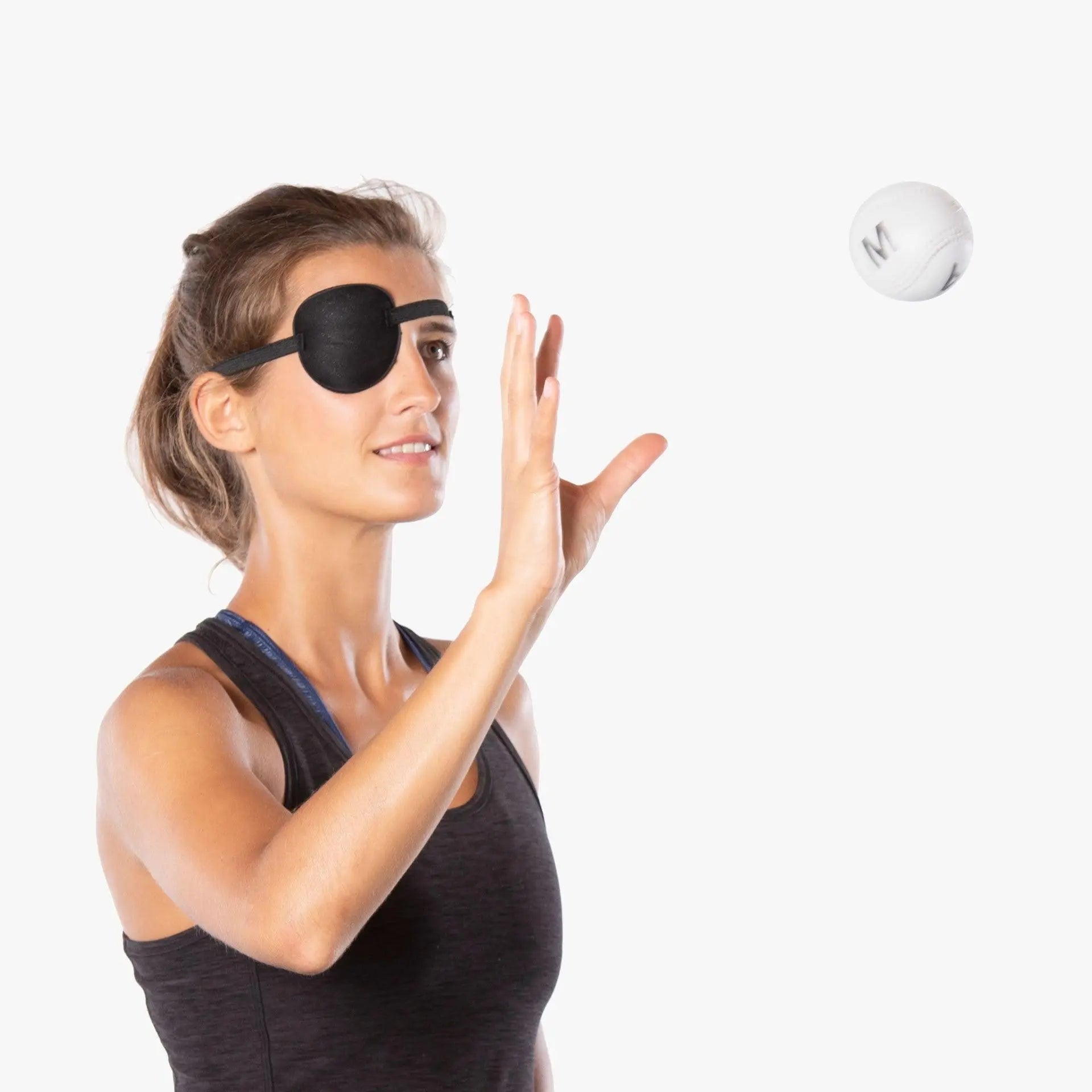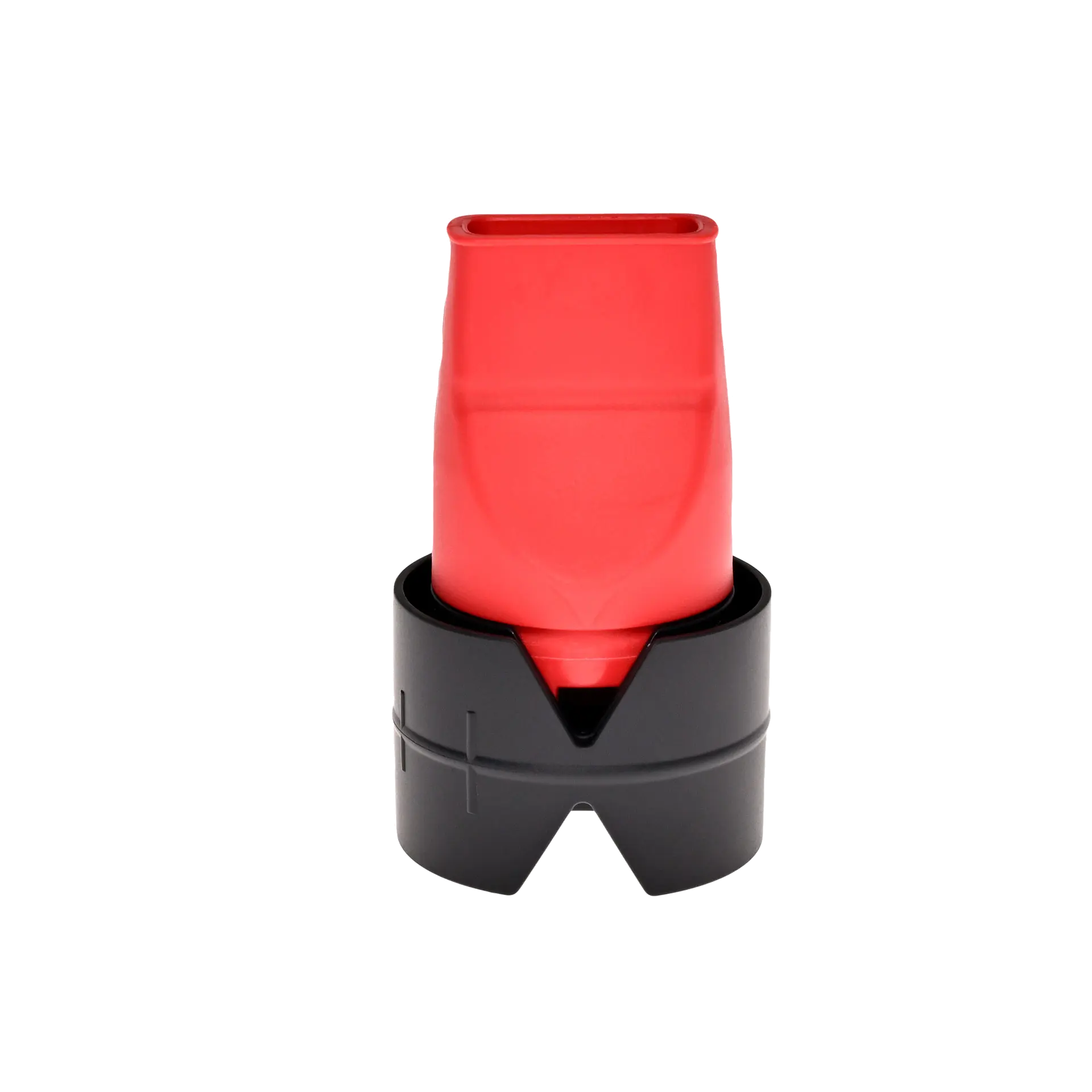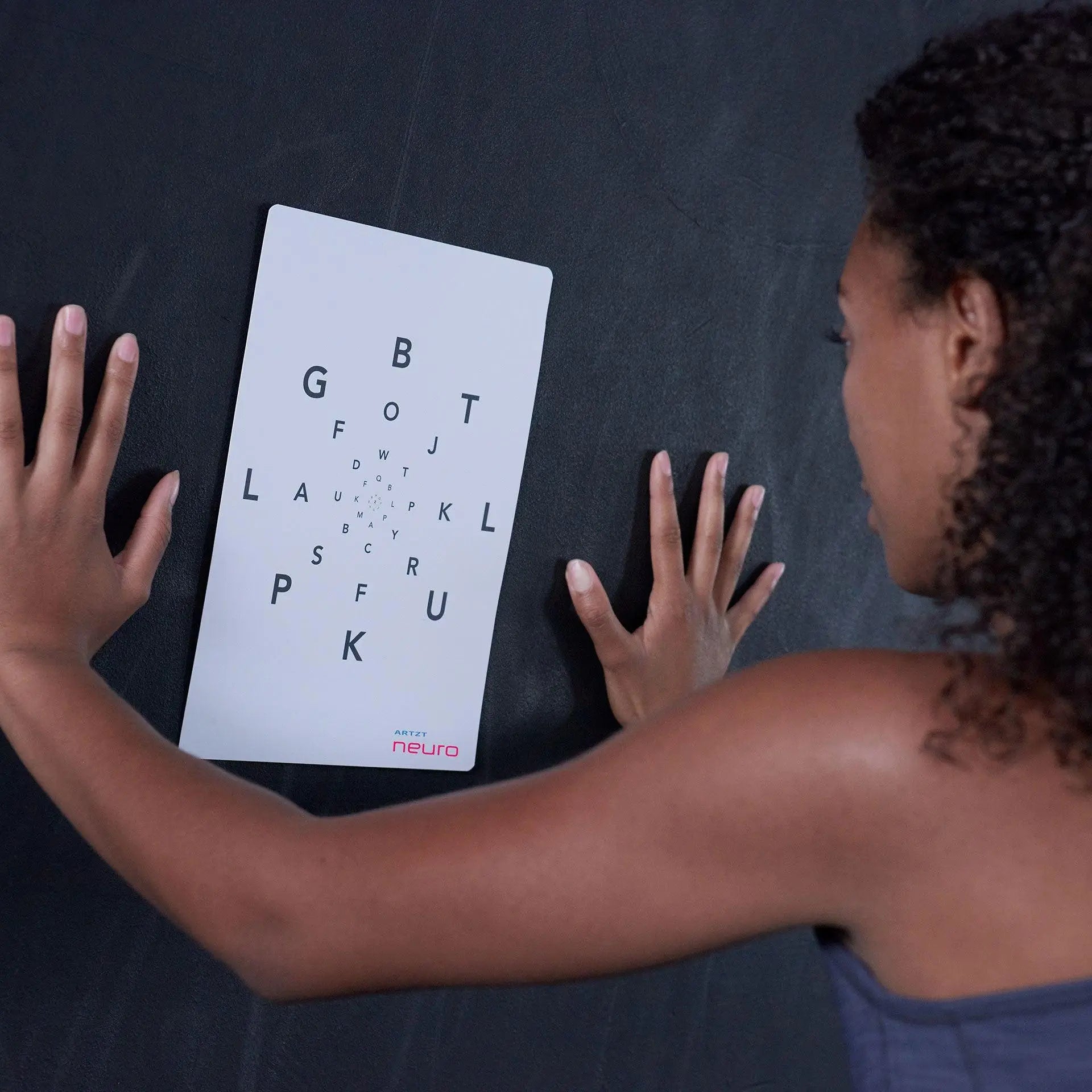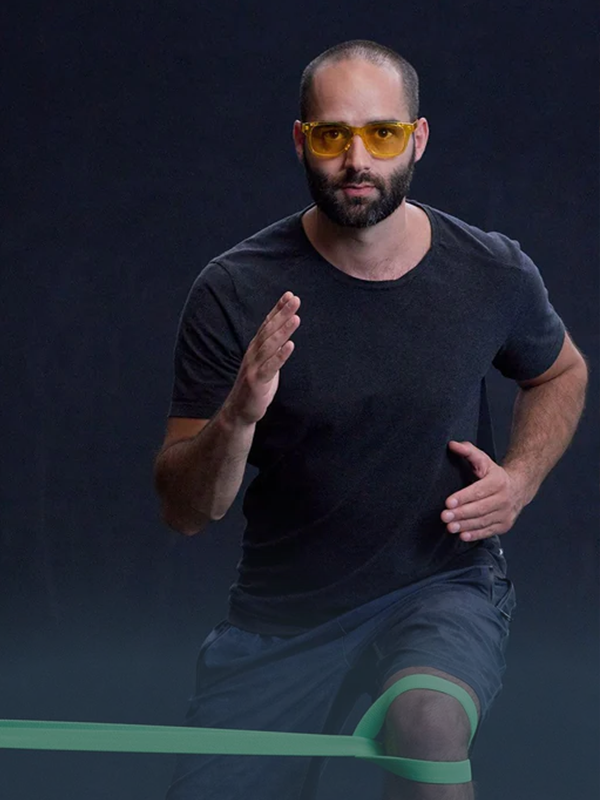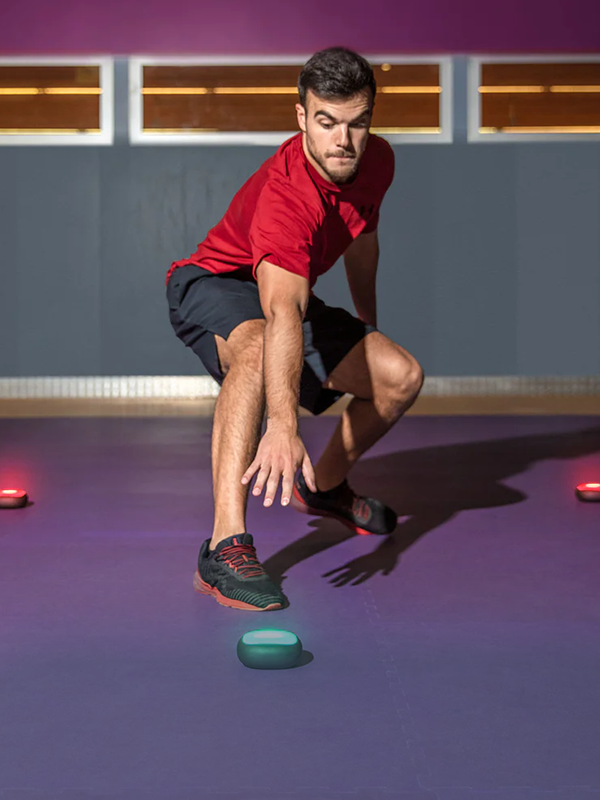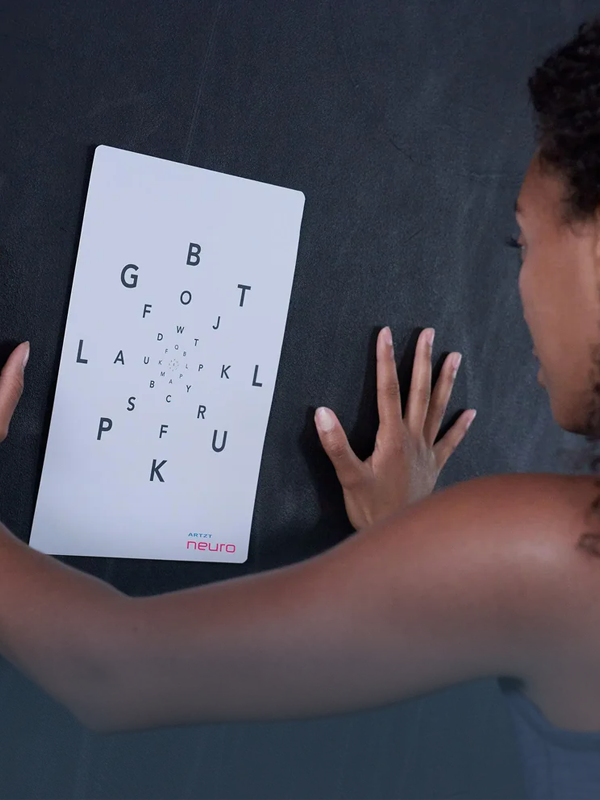Reading time: 3 minutes
Contents
Neurocentric training - also known as brain-based training or neurotraining - is intended to strengthen the connection between the brain and the body. This can have many positive effects: a pain- and stress-free everyday life, optimized vision, better balance, healthier posture. Neurotraining can even lead to improved emotional and mental health. In this article, you will find out exactly how it works, what the difference is to neuroathletics and how you can use it in your everyday life.
Clarification of terms: Neurocentric training vs. neuroathletics
Before we get into neurocentric training , let's briefly clarify how it differs from neuroathletics. Both approaches focus on the critical role of the nervous system and brain in movement, movement control, and performance. Although the terms are often confused, there are important differences in focus.
Neuroathletics – improving the performance of athletes
In contrast to neurocentric training, neuroathletics is particularly aimed at improving the performance of athletes . The focus is on improving athletic performance by optimizing the sensory and motor systems - for example , improving reaction times or movement precision.
Neurocentric training – better quality of life in everyday life
Neurocentric training also aims to optimize the nervous system through targeted exercises and techniques. In contrast to neuroathletics, the neurocentric approach does not only focus on athletic performance , but also on general well-being and health in everyday life. The focus is therefore different:
- General well-being : Strengthening the nervous system to increase general well-being.
- Pain relief and rehabilitation : Use of neurocentric exercises to relieve pain and aid rehabilitation after injury.
- Stress management : Methods for reducing stress and promoting emotional and mental health, including increasing stress resistance.
- Movement and balance training: Optimizing everyday movements and balance to prevent falls and injuries.
Neurocentric training, developed by Dr. Eric Cobb , offers a holistic method for improving health and quality of life - for everyone. It integrates eyes, balance, breathing and movement. But how does it work exactly?
Our nervous system, the communication network
Pain and movement originate in the brain. And that's exactly where neurocentric training comes in. Simply put: our nervous system is the main communication network that transmits information between the brain, spinal cord and the entire body . It influences how well we move, how well we keep our balance, how quickly we can react and our emotional and mental health. A healthy nervous system ensures precise movements, better perception and a balanced mood . It is therefore crucial for well-being and performance. And: it can be trained - but how?
Practical application of neurocentric training in everyday life
Incorporating neurocentric training into your daily routine is not that complicated. With a few simple exercises and techniques you can achieve a lot. Here are a few tips on how to do it:
- Regular exercise : Incorporate neurocentric exercises into your daily routine to achieve continuous improvement. From breathing exercises to visual exercises and balance training, everything is included - depending on what symptoms, pain or goals you have.
- Focus on mindfulness : Pay attention to the quality of your movements and perform the exercises consciously and in a controlled manner.
- Individual adaptation : Adapt the exercises to your own needs and goals to achieve optimal results. Use useful tools to support you in your exercises. Get professional support if necessary.
Conclusion: Neuro exercises for a better quality of life
Neurocentric training is the key to a healthier and more balanced everyday life . It strengthens your nervous system, relieves pain, helps with stress management and improves your movement and balance skills. Regularly integrate simple exercises into your everyday life and keep your body and mind fit - for more physical and emotional health at any age. Useful neuro tools will always help you. Find out more about this effective method and how it can help you reduce stress and pain and improve your quality of life.
Tip: Neurocentric training against pain: Interview with expert Luise Walther
"Pain, movement and stress originate in the brain. That's why training should start there." - Luise Walther, personal trainer and expert in neurocentric training
Find out in an exclusive interview with Luise Walther how she meets the challenges of the digital age and takes her health to a new level through neurocentric training and mindfulness . And she does this with just small changes in her everyday life.
Sources
ARTZT neuro – Interview with Eric Cobb
ARTZT neuro – Interview with Luise Walther
luisewalther.de – Neurocentric training

